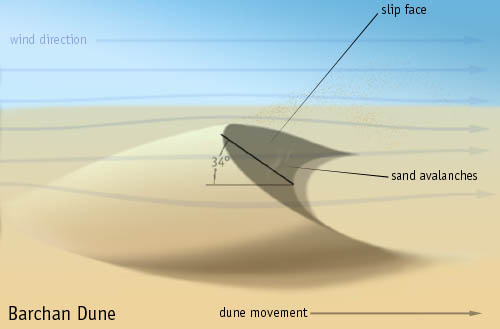Gleichschaltung, meaning "coordination", "making the same", "bringing into line"), is a Nazi term for the process by which the Nazi regime successively established a system of totalitarian control and coordination over all aspects of society. The historian Richard J. Evans translated the term as "forcible-coordination" in his most recent work on Nazi Germany.
Among the goals of this policy were to bring about adherence to a
specific doctrine and way of thinking and to control as many aspects of
life as possible.
The apex of the Nazification of Germany was in the resolutions approved during the Nuremberg Rally of 1935, when the symbols of the Party and the State were fused (see Flag of Germany) and the Germans of Jewish religion and descent were deprived of citizenship, paving the way to the Holocaust.
posts and comments which are funny in light of the poster's user name








